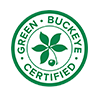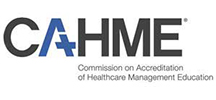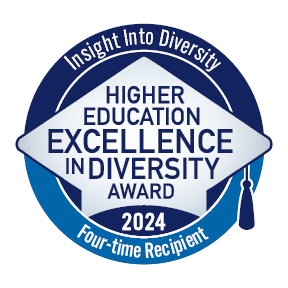Learning-based program opens to public health students

As the office associate for the college’s Office of Academic Programs and Student Services, Julia Farkas is often the first person students interact with when they need answers.
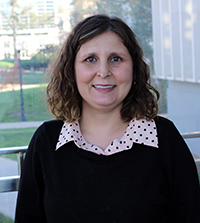 So when the college’s Diversity, Equity and Inclusive Excellence (DEIE) Committee launched its Community of Inclusion program last year to advance awareness and understanding of diversity, equity and inclusion among public health faculty and staff, Farkas was one of the first to sign up.
So when the college’s Diversity, Equity and Inclusive Excellence (DEIE) Committee launched its Community of Inclusion program last year to advance awareness and understanding of diversity, equity and inclusion among public health faculty and staff, Farkas was one of the first to sign up.
“I thought it was a great opportunity — we’re all here to serve students, and DEIE skills can relate to our jobs whether we’re teaching, meeting with students one-on-one or anything else,” Farkas said. “We have people coming through the doors at all times, and I’m here to help everyone.”
To take part in the Community of Inclusion — which is now open to public health students — participants engage in learning-based activities, discussions and leadership opportunities to reach different levels: “Partner,” “leader” and “champion.” The committee provides recommended readings, trainings and videos, but participants can use any content or experience related to DEIE and cross-cultural communication. Currently, more than 30% of faculty and staff have started the Community of Inclusion. Of those, over 40% have reached the partner or leader levels.
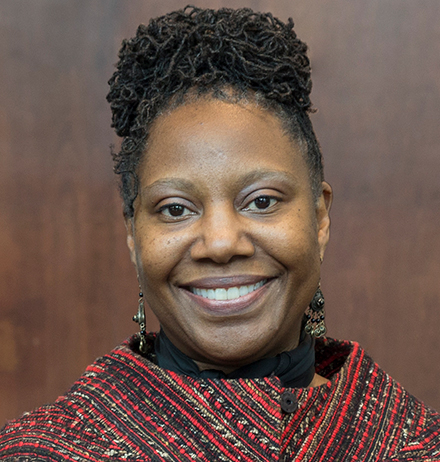 “The program contributes to an environment that challenges stereotyped preconceptions, encourages continual critical thinking and fosters important conversations about change,” said Jennifer Beard, assistant dean for strategic initiatives and co-chair of the college’s DEIE Committee. “Self-directedness in accessing learning (and unlearning) opportunities is essential for professionals and students.”
“The program contributes to an environment that challenges stereotyped preconceptions, encourages continual critical thinking and fosters important conversations about change,” said Jennifer Beard, assistant dean for strategic initiatives and co-chair of the college’s DEIE Committee. “Self-directedness in accessing learning (and unlearning) opportunities is essential for professionals and students.”
Beard said the Community of Inclusion — in addition to coursework — can help prepare public health students to build a more egalitarian society in a way that previous generations have not been able to. The program will also inform students’ experiences interacting with diverse colleagues and communities as they complete practicums and internships, Farkas said.
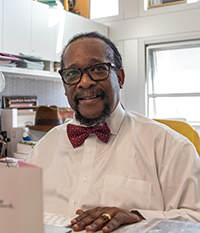 “The program is inspired by similar efforts in private industry, which have demonstrated that accepting and embracing a diversity of ideas and people leads to a more well-rounded organization that’s able to innovate,” said Darryl Hood (right), DEIE Committee co-chair and professor of environmental health sciences.
“The program is inspired by similar efforts in private industry, which have demonstrated that accepting and embracing a diversity of ideas and people leads to a more well-rounded organization that’s able to innovate,” said Darryl Hood (right), DEIE Committee co-chair and professor of environmental health sciences.
Strengthening the program are college leadership’s continual efforts to integrate equity concepts into college events, including Dean Amy Fairchild’s “Changing the Conversation: Public Health Thought Leader Series,” diversity workshops and book discussions for faculty and staff.
Despite the group setting of some experiences, the program is largely an introspective journey, Hood said.
“It’s a means for individuals to get in touch with themselves and educate themselves about what causes structural inequalities in America? What are the reasons for racism? How has this come about over the last 402 years?” Hood said. “The Community of Inclusion helps you find out where you are on the diversity and inclusive excellence continuum. That starts at zero, and it goes up to 10. We’re all in different places.”
“At the College of Public Health, we seek an environment where every voice is heard,” Beard added. “Through the Community of Inclusion, we cultivate mutual respect, build community and center equity, which we can then model to the entire university.”




